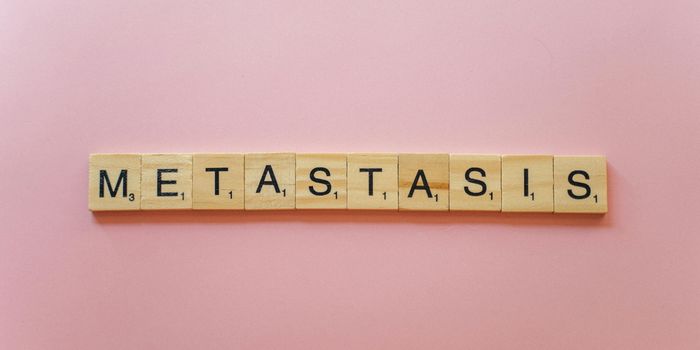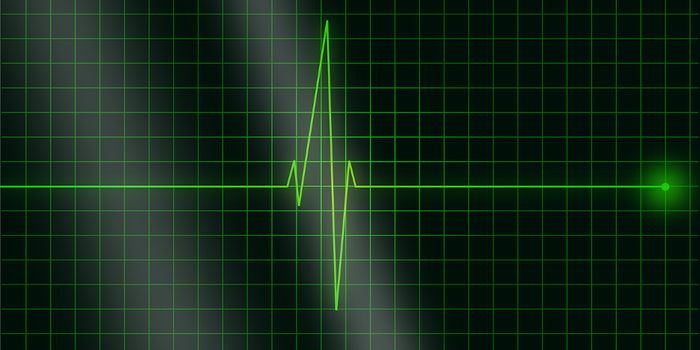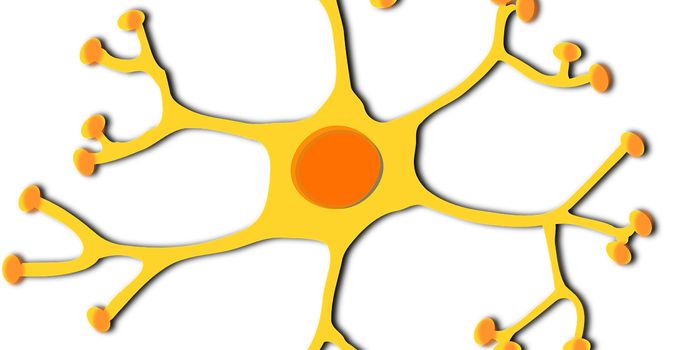It’s rare that a drug can be FDA-approved to treat a condition without a known mechanism behind the drug’s actions. But this is the case for lithium, which has been prescribed to treat mood disorders for well over 40 years. Now, two recent studies finally shed more light into how this silver-white metal works to stabilize moods.
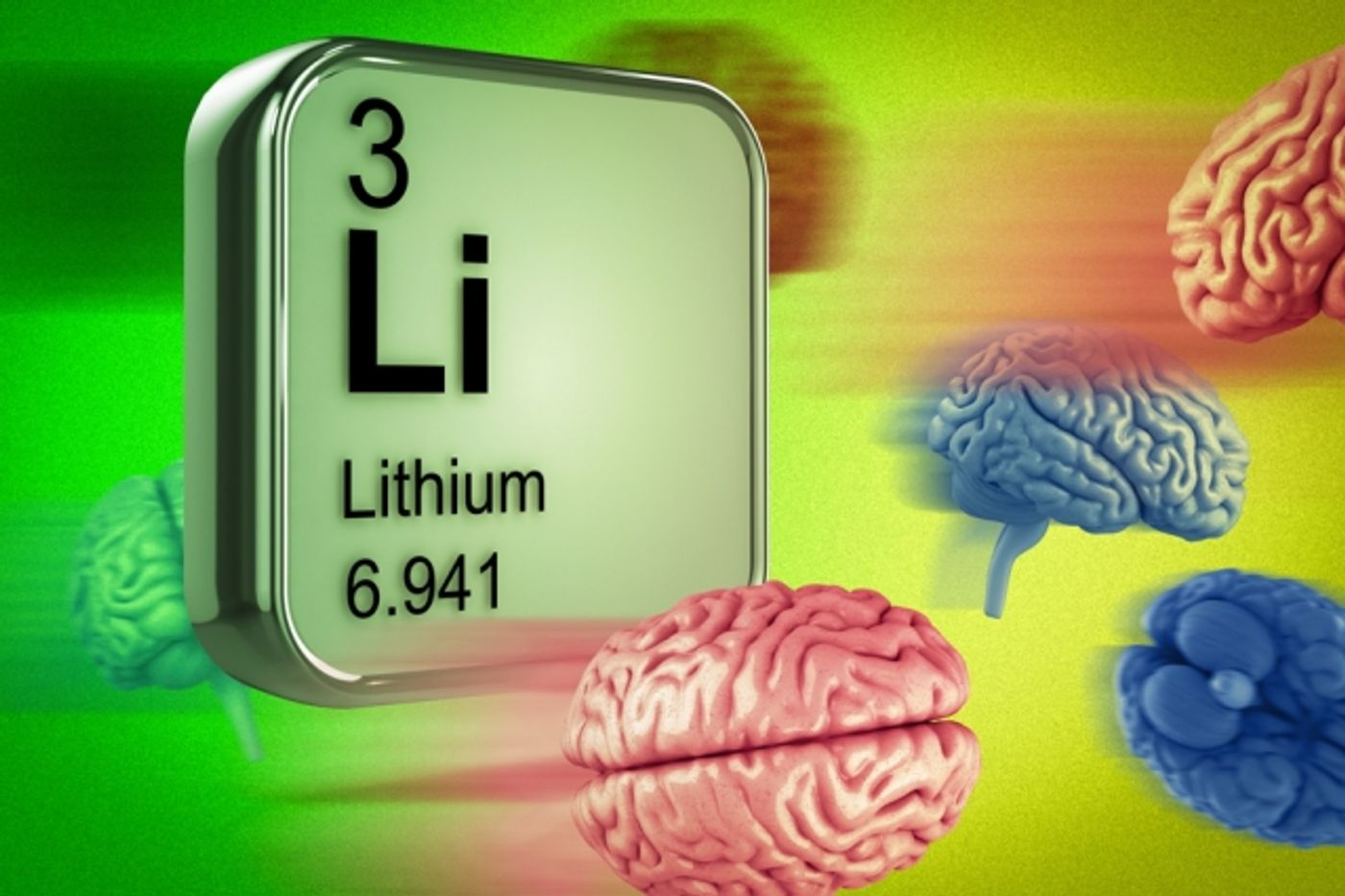
In 1949, Australian psychiatrist John Cade discovered lithium seemed to be effective for bipolar patients who went through manic phases. The drug was later approved by the FDA in 1970 as a mood stabilizer, though not much work since or after really elucidated the mechanism of action of lithium.
“How lithium acts on the brain has been this great mystery of psychopharmacology,” said Joshua Meisel, researcher at the Massachusetts Institute of Technology and lead author of the
study published in the journal of
Current Biology. “There are hypotheses, but nothing’s been proven.”
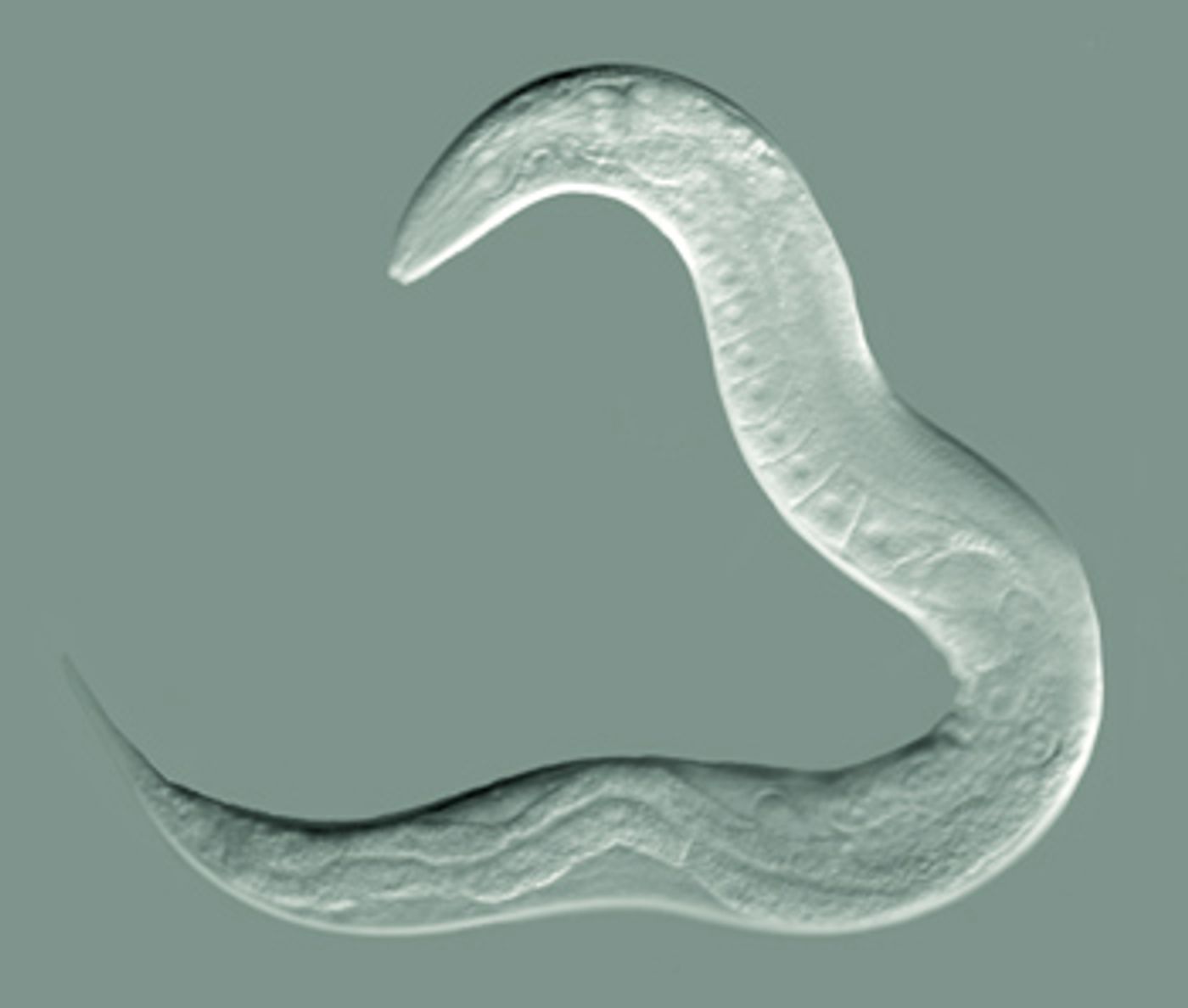
Meisel and his team stumbled on a key protein involved with lithium’s action almost by accident, as they were first interested in how worms (
Caenorhabditis elegans) interacted with their environment. In particular, the team found that when the protein known as BPNT-1 was inactivated, the animals were less responsive to stimuli. Furthermore, when the team knocked out the BPNT-1 gene, certain chemosensory neurons known as ASJ neurons became dormant. This same behavior captures what happens when the animals are treated with lithium.
Putting it together, the team concluded that lithium may stabilize moods by inhibiting certain neurons, which then blocks the activity of BPNT-1. In humans, when BPNT-1 is blocked, other chemical signals for dopamine, epinephrine, and norepinephrine are also dampened. “This is an important step in showing a neural function for BPNT-1. It’s the first study to show in a multicellular system that the BPNT-1 protein might be the target for lithium’s action,” said John York, biochemistry professor at the Vanderbilt University School of Medicine who was not involved in the research.
Most recently another results from another study identified another pathway by which lithium exerts its actions. A team of researchers from the
National Institute of Standards and Technology (NIST) found that lithium associates with ATP - the body’s main “chemical fuel.” In particular, lithium had a strong affinity to form bimetallic complexes with magnesium and ATP (Mg-Li-ATP). The
study was published in
Biophysical Journal.
According to the senior study author, John Marino, “In our model, lithium acts as a kind of force multiplier.” And this complex may influence interactions on the surfaces of neurons and neuronal signaling. "We're not saying this is the whole story. There's a broad swath of other possibilities, as well," said Marino. "But this physical model provides an intriguing new way to broadly view lithium's bioactive form--as working in tandem with magnesium by co-binding to phosphate-containing ligands, and thereby influencing the function of cellular receptors and enzymes."
The National Institute of Mental Health estimates about 2.6 percent of Americans suffer from bipolar disorder. For these patients, lithium is still the first line of defense as specified by the American Psychiatric Association. But lithium doesn’t work on everyone, and every piece of research that decodes lithium’s mystery could be another step closer to more tailored, more effective treatments.
Additional sources:
MIT press release,
NIST.gov press release

 Meisel and his team stumbled on a key protein involved with lithium’s action almost by accident, as they were first interested in how worms (Caenorhabditis elegans) interacted with their environment. In particular, the team found that when the protein known as BPNT-1 was inactivated, the animals were less responsive to stimuli. Furthermore, when the team knocked out the BPNT-1 gene, certain chemosensory neurons known as ASJ neurons became dormant. This same behavior captures what happens when the animals are treated with lithium.
Meisel and his team stumbled on a key protein involved with lithium’s action almost by accident, as they were first interested in how worms (Caenorhabditis elegans) interacted with their environment. In particular, the team found that when the protein known as BPNT-1 was inactivated, the animals were less responsive to stimuli. Furthermore, when the team knocked out the BPNT-1 gene, certain chemosensory neurons known as ASJ neurons became dormant. This same behavior captures what happens when the animals are treated with lithium.

